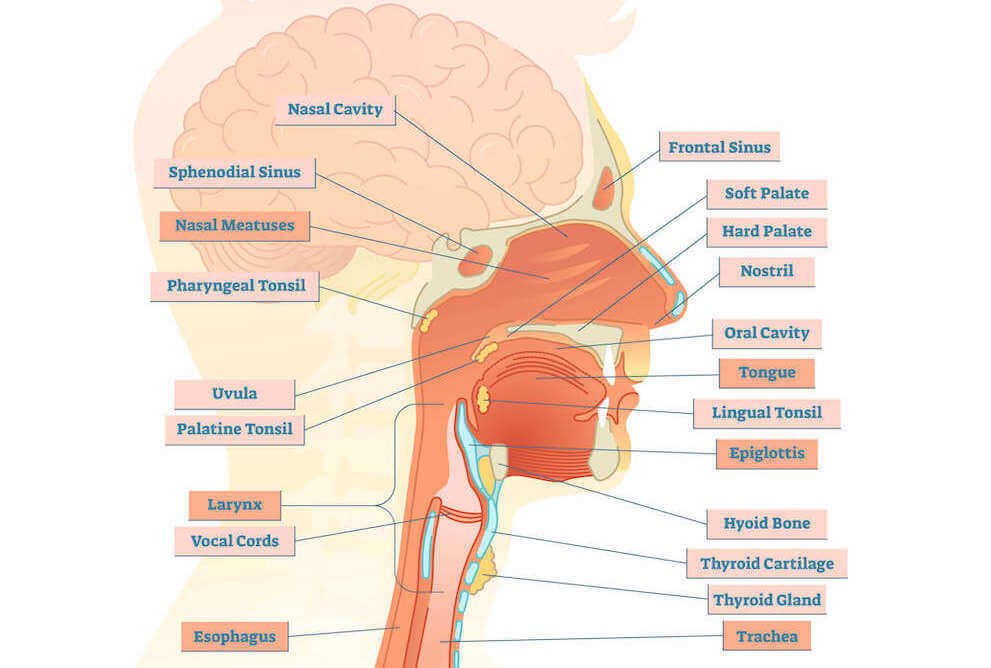Throat Disorders
Disorders of the throat are common and can be caused by a temporary illness or chronic condition. At ENT & Sleep Specialists, our ENT doctors have been treating patients with throat disorders for the past 37 years.

Hoarseness
A hoarse voice and sore throat can be the result of many different conditions of the throat. Sometimes, a common infection can make you lose your voice.
This infection could be viral or bacterial. Some of the more common kinds of throat infections are strep throat, the common cold, infectious mononucleosis, and laryngitis. You can usually treat these illnesses by using antibiotics or other prescription medication.
Gastric Reflux or Laryngopharyngeal Reflux
Gastric Reflux, or LPR, happens when acid comes up through the esophagus from the stomach. It’s often a chronic condition. It is common in older patients and patients who experience a lot of stress or are overweight.
LPR symptoms include:
- A sore throat
- The feeling of mucus in the throat
- Having difficulty swallowing
- The need to cough to clear the throat
The best treatments are lifestyle changes, like losing weight and eating a blander diet. Antacids and other over-the-counter stomach acid reducers and proton pump inhibitors may also be used.
Dysphagia
Dysphagia is the medical term for difficulty swallowing. It may manifest as coughing when eating, food coming up through the nose, excessive saliva production, and the sensation of having food stuck in the throat.
Dysphagia is usually a symptom of another condition, including stroke, cancer, or acid reflux. The most effective treatment is to address the root cause, but physical therapy, eating softer foods, and even surgery to widen the esophagus can be effective treatment options.
Tonsils and Adenoids
Tonsils and adenoids are structures in the throat that act as the first line of defense against bacteria and viruses entering the body. Adenoids are lymphoid tissues behind the nose, while tonsils are tissues in the back of the throat.
They absorb parts of the bacteria and viruses so your body can determine what is and isn’t a threat. But because of their function and placement, they can become enlarged and get inflamed and infected.
These issues are especially common in children. Treating infected adenoids or tonsils can be as simple as taking antibiotics.
Sometimes, if they get infected too often, doctors recommend removing them completely.
Vocal Nodules
Vocal nodules are noncancerous growths that form on the vocal cords. They often occur because of overuse of the voice box or larynx, usually due to singing or even screaming frequently.
Sometimes, vocal nodules are even called “singing nodules.” The longer a patient with vocal nodules overuses their vocal cords, the bigger the nodules become, sometimes growing to the size of a pea.
Symptoms include general hoarseness, having a raspier voice, breathiness, and a lower-pitched voice. The best and most common treatment is resting your voice.
Vocal nodules often go away on their own if the vocal cords receive enough rest. If they don’t, there are surgical procedures that can remove them as well.
Do you have concerns about throat disorders? Schedule an appointment with a member of the ENT team at ENT & Sleep Specialists in Clinton, MD, today!





